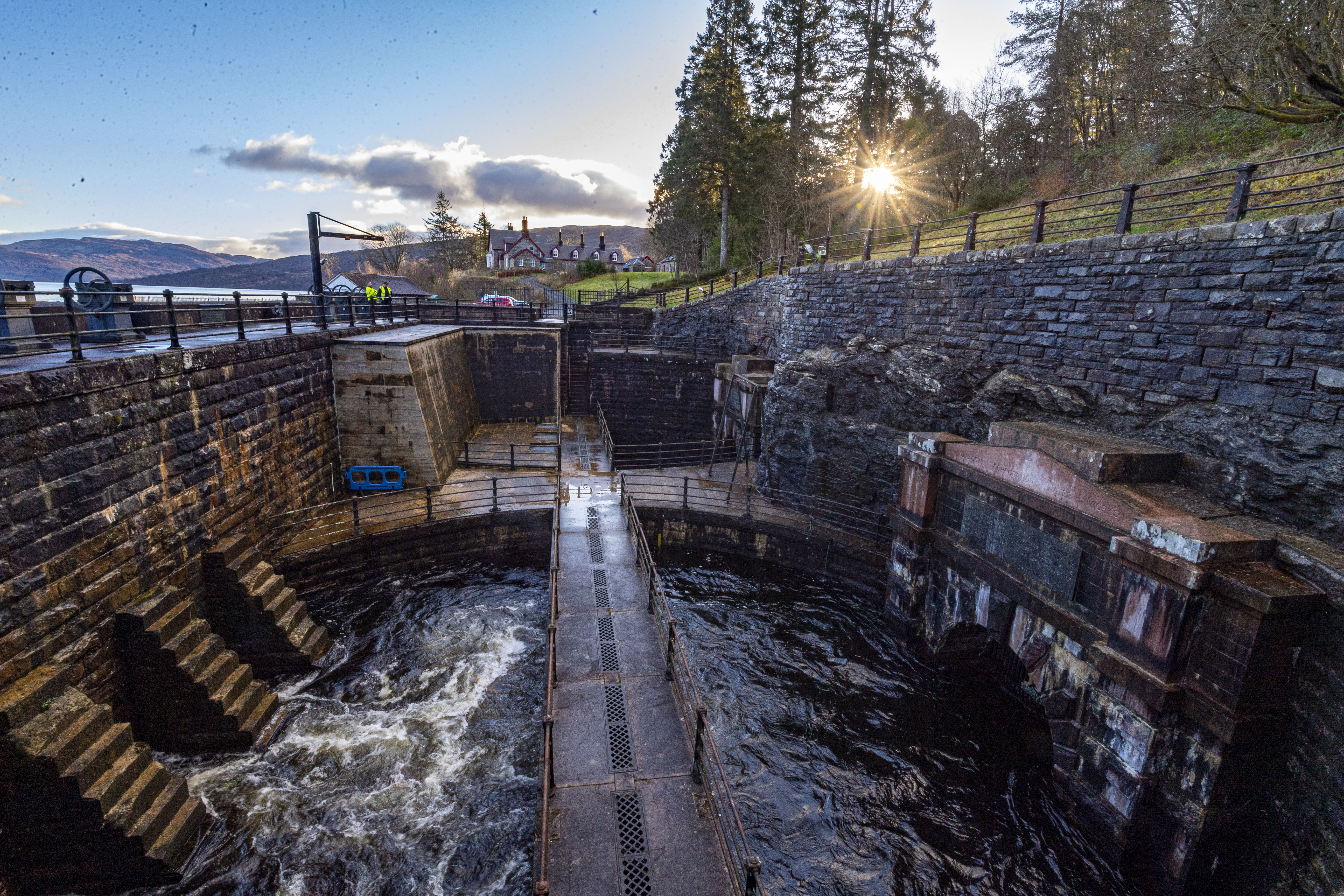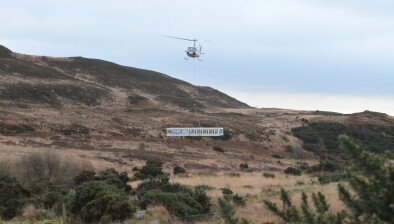And finally… £20m upgrade of Katrine Aqueduct welcomed by original worker’s great granddaughter
The great granddaughter of a man who helped build the Katrine Aqueduct has welcomed the completion of the latest upgrade work.

Image credit SNS
After the discovery of amazing old photographs of the construction of the aqueduct were publicised on BBC Scotland’s Landward programme and Channel 5’s Secret Scotland series last autumn, Aileen Kerr, from Troon, contacted Scottish Water and revealed that her great grandfather, James Savage, was one of the 3,000 workers who built it.
While Scottish Water has been unable to establish if he is in any of the old photographs, with Aileen’s help, it knows that her great grandfather was an Irish farm servant working in Dumfriesshire who moved to Milngavie between 1881 and 1890, possibly due to the prospect of more prosperous employment, and worked on the aqueduct until 1901.
The second Katrine Aqueduct was built between 1885 and 1901 to accommodate the rapid expansion of Glasgow in the late 19th century.
Aileen said: “My great grandfather married my great grandmother in Milngavie in 1890. On the marriage registration, he is shown as a ‘Waterworks Labourer’.
“From the registration of the children’s births, he is shown as being a waterworks labourer until 1896 when he is recorded as being an engineer. In 1898 he is shown as being an engine driver and I assume perhaps a stationary engine driver.
“The records show that the family had moved to Sunderland by the 1901 census, where he was an engine fitter and foreman.
“So it would seem that my great grandfather did manage to move up the work ladder during his time in Milngavie.”
She added: “It was amazing how the aqueduct was built without the sort of equipment and safety precautions we would have nowadays.
“The fact that it is still operational is a testament to everyone involved in its construction, including my great grandfather, and it’s good to hear of the completion of this recent improvement work by Scottish Water to enable the aqueduct to continue to provide so many people with water.”
In the construction of the second aqueduct that James Savage worked on, the engineers were able to take a more direct line than with the first aqueduct because they had improved boring and blasting equipment.
When the second aqueduct was constructed, the pneumatic drill and gelignite were available and progress was much more rapid than during the first aqueduct, increasing from 35 to 44 yards per month.
The possession of more efficient plant enabled the engineers, by tunnelling, to take a straighter line through the hills in the construction of the second aqueduct. This meant only eight bridges were required on the second aqueduct compared with 22 on the first.
The entire Katrine Aqueduct scheme cost £3.2 million to build, which would be about £320m in today’s prices.

















